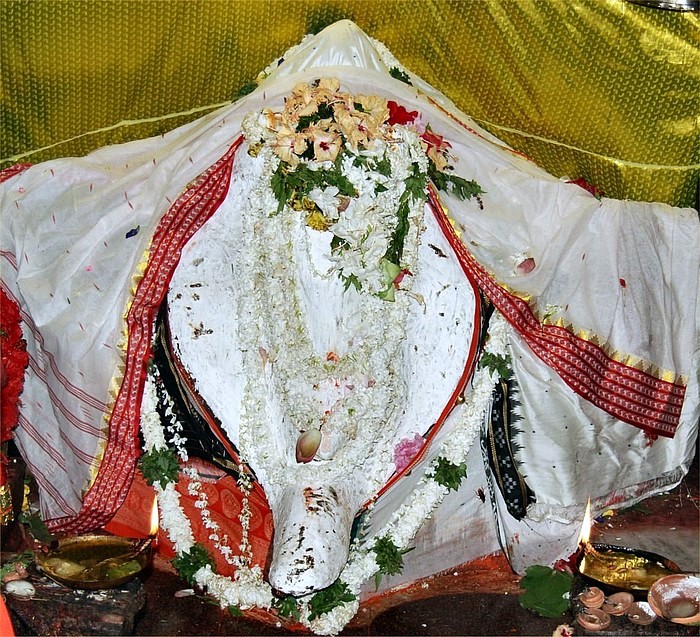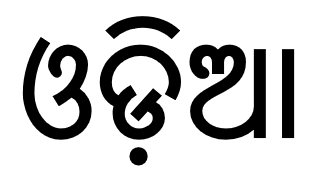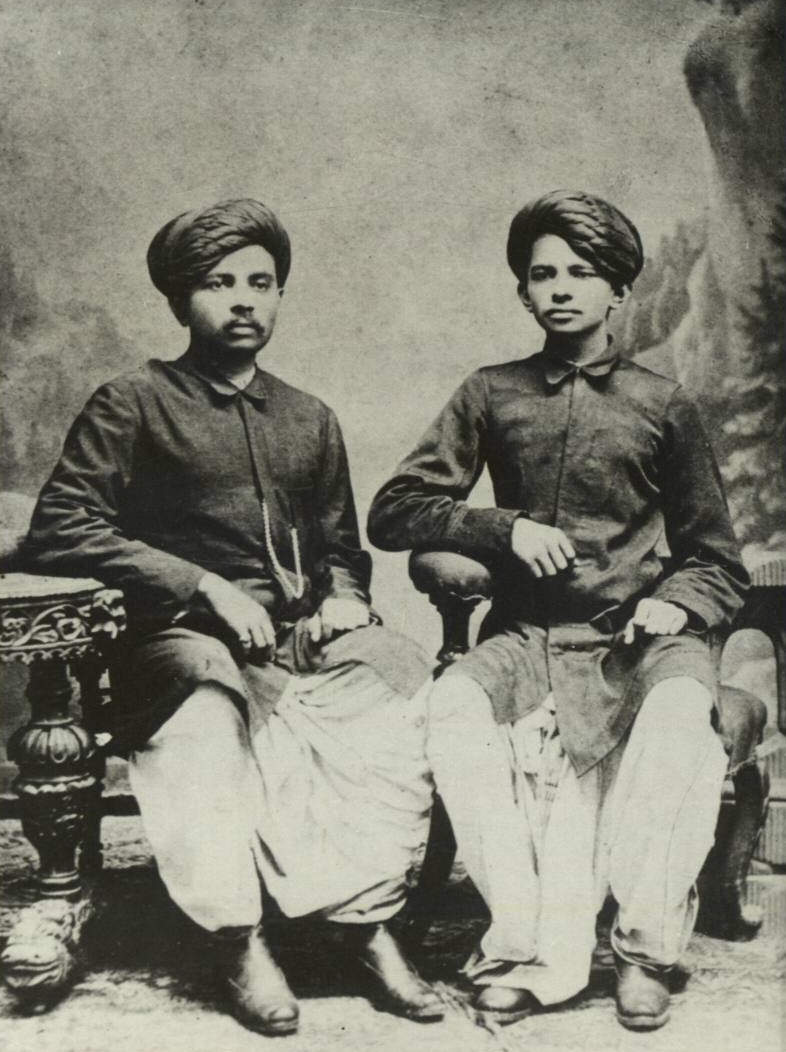|
Rajendra Prasad Das
Professor Rajendra Prasad Das (1930–2006) was an Indian archaeologist, an authority on the construction history of Hindu temples, a noted historian, a respected academician and an award-winning novelist. Professional life Archaeology Professor Rajendra Prasad Das is credited with discovery of a chalcolithic site in the Prehistoric Ganges Basin of India, an important archaeological find. During his tenure with the Archaeological Survey of India (ASI) Rajendra identified a 230 X 135 m site at Mahisdal located on the left bank of the Kopai River in Birbhum District of West Bengal for archaeological excavation. Das led the ASI excavations in 1963-64 of the site which unearthed significant archaeological remains that date back to 1619-1415 BC. The findings include a rich assortment of red and black plain and painted ceramics, copper, beads of steatite and semi-precious stones, bone tools, bone bangles and decorated combs that establish Mahisdal a chalcolithic site of conside ... [...More Info...] [...Related Items...] OR: [Wikipedia] [Google] [Baidu] |
Hindu Temple
A Hindu temple, or ''mandir'' or ''koil'' in Indian languages, is a house, seat and body of divinity for Hindus. It is a structure designed to bring human beings and gods together through worship, sacrifice, and devotion.; Quote: "The Hindu temple is designed to bring about contact between man and the gods" (...) "The architecture of the Hindu temple symbolically represents this quest by setting out to dissolve the boundaries between man and the divine". The symbolism and structure of a Hindu temple are rooted in Vedic traditions, deploying circles and squares. It also represents recursion and the representation of the equivalence of the macrocosm and the microcosm by astronomical numbers, and by "specific alignments related to the geography of the place and the presumed linkages of the deity and the patron". A temple incorporates all elements of the Hindu cosmos — presenting the good, the evil and the human, as well as the elements of the Hindu sense of cyclic time and ... [...More Info...] [...Related Items...] OR: [Wikipedia] [Google] [Baidu] |
Sambalpur
Sambalpur () is the fifth largest city in the Indian State of Odisha. It is located on the banks of river Mahanadi, with a population of 335,761 (as per 2011 census). Prehistoric settlements have been recorded there. It is the home of the Sambalpuri Saree. Overview The city contains many temples, historic buildings and parks. Educational institutes include Sambalpur University, Veer Surendra Sai Institute of Medical Sciences and Research (VIMSAR), Veer Surendra Sai University of Technology (VSSUT), Gangadhar Meher University, Indian Institute of Management Sambalpur and Odisha State Open University (OSOU). Hirakud Dam, the longest earthen dam in the world and the largest artificial lake of Asia, is at Sambalpur. After the independence of India, many commercial and government establishments sprung up in and around Sambalpur. It is a major railway junction of Odisha with the headquarters of Sambalpur Railway Division under the East Coast Railway Zone. National Highway 53, Nati ... [...More Info...] [...Related Items...] OR: [Wikipedia] [Google] [Baidu] |
Utkal University Alumni
Utkala Kingdom was located in the northern and eastern portion of the modern-day Indian state of Odisha.This kingdom was mentioned in the epic Mahabharata, with the names ''Utkala'', ''Utpala'', and ''Okkal''. It is mentioned in India's national anthem, Jana Gana Mana. Early Sanskrit Literature The early Sanskrit medieval literature says "उत्कृष्ट कलायाः देशः यः सः उत्कलः" (), meaning the land having an "excellent opulence of artists". The Puranic division of ''Utkala desa'' was bounded on the north by the river Kapisa, on the south by the river Mahanadi, on the east by the Bay of Bengal and to the west by Mekala hills. References in Mahabharata The Dasarnas, the Mekalas (a kingdom to the west of Utkala) and the Utkalas were mentioned as kingdoms of Bharata Varsha (Ancient India) (6:9). Utkalas were mentioned as taking part in the Kurukshetra War siding with the Kauravas. Many Mekalas, Utkalas, Kalingas, Nishadas, and ... [...More Info...] [...Related Items...] OR: [Wikipedia] [Google] [Baidu] |
Odia-language Writers
Odia (, ISO: , ; formerly rendered Oriya ) is an Indo-Aryan language spoken in the Indian state of Odisha. It is the official language in Odisha (formerly rendered Orissa), where native speakers make up 82% of the population, and it is also spoken in parts of West Bengal, Jharkhand, Andhra Pradesh and Chhattisgarh. Odia is one of the many official languages of India; it is the official language of Odisha and the second official language of Jharkhand. The language is also spoken by a sizeable population of 700,000 people in Chhattisgarh. Odia is the sixth Indian language to be designated a classical language, on the basis of having a long literary history and not having borrowed extensively from other languages. The earliest known inscription in Odia dates back to the 10th century CE. History Odia is an Eastern Indo-Aryan language belonging to the Indo-Aryan language family. It descends from Odra Prakrit, which evolved from Magadhi Prakrit, which was spoken in east India ... [...More Info...] [...Related Items...] OR: [Wikipedia] [Google] [Baidu] |
Writers From Odisha
A writer is a person who uses written words in different writing styles and techniques to communicate ideas. Writers produce different forms of literary art and creative writing such as novels, short stories, books, poetry, travelogues, plays, screenplays, teleplays, songs, and essays as well as other reports and news articles that may be of interest to the general public. Writers' texts are published across a wide range of media. Skilled writers who are able to use language to express ideas well, often contribute significantly to the cultural content of a society. The term "writer" is also used elsewhere in the arts and music, such as songwriter or a screenwriter, but also a stand-alone "writer" typically refers to the creation of written language. Some writers work from an oral tradition. Writers can produce material across a number of genres, fictional or non-fictional. Other writers use multiple media such as graphics or illustration to enhance the communication of ... [...More Info...] [...Related Items...] OR: [Wikipedia] [Google] [Baidu] |
Scientists From Odisha
A scientist is a person who conducts scientific research to advance knowledge in an area of the natural sciences. In classical antiquity, there was no real ancient analog of a modern scientist. Instead, philosophers engaged in the philosophical study of nature called natural philosophy, a precursor of natural science. Though Thales (circa 624-545 BC) was arguably the first scientist for describing how cosmic events may be seen as natural, not necessarily caused by gods,Frank N. Magill''The Ancient World: Dictionary of World Biography'', Volume 1 Routledge, 2003 it was not until the 19th century that the term ''scientist'' came into regular use after it was coined by the theologian, philosopher, and historian of science William Whewell in 1833. In modern times, many scientists have advanced degrees in an area of science and pursue careers in various sectors of the economy such as academia, industry, government, and nonprofit environments.'''' History The ... [...More Info...] [...Related Items...] OR: [Wikipedia] [Google] [Baidu] |
2006 Deaths
File:2006 Events Collage V1.png, From top left, clockwise: The 2006 Winter Olympics open in Turin; Twitter is founded and launched by Jack Dorsey; The Nintendo Wii is released; Montenegro votes to declare independence from Serbia; The 2006 FIFA World Cup in Germany is won by Italy; Gol Transportes Aéreos Flight 1907 crashes in the Amazon rainforest after a mid-air collision with an Embraer Legacy 600 business jet; The 2006 Yogyakarta earthquake kills over 5,700 people; The IAU votes on the definition of "planet", which demotes Pluto and other Kuiper belt objects and redefines them as " dwarf planets"., 300x300px, thumb rect 0 0 200 200 2006 Winter Olympics rect 200 0 400 200 Twitter rect 400 0 600 200 Nintendo Wii rect 0 200 300 400 IAU definition of planet rect 300 200 600 400 2006 Montenegrin independence referendum rect 0 400 200 600 2006 Yogyakarta earthquake rect 200 400 400 600 Gol Transportes Aéreos Flight 1907 rect 400 400 600 600 2006 FIFA World Cup 2 ... [...More Info...] [...Related Items...] OR: [Wikipedia] [Google] [Baidu] |
1930 Births
Year 193 ( CXCIII) was a common year starting on Monday (link will display the full calendar) of the Julian calendar. At the time, it was known as the Year of the Consulship of Sosius and Ericius (or, less frequently, year 946 ''Ab urbe condita''). The denomination 193 for this year has been used since the early medieval period, when the Anno Domini calendar era became the prevalent method in Europe for naming years. Events By place Roman Empire * January 1 – Year of the Five Emperors: The Roman Senate chooses Publius Helvius Pertinax, against his will, to succeed the late Commodus as Emperor. Pertinax is forced to reorganize the handling of finances, which were wrecked under Commodus, to reestablish discipline in the Roman army, and to suspend the food programs established by Trajan, provoking the ire of the Praetorian Guard. * March 28 – Pertinax is assassinated by members of the Praetorian Guard, who storm the imperial palace. The Empire is a ... [...More Info...] [...Related Items...] OR: [Wikipedia] [Google] [Baidu] |
Mahatma Gandhi
Mohandas Karamchand Gandhi (; ; 2 October 1869 – 30 January 1948), popularly known as Mahatma Gandhi, was an Indian lawyer, Anti-colonial nationalism, anti-colonial nationalist Quote: "... marks Gandhi as a hybrid cosmopolitan figure who transformed ... anti-colonial nationalist politics in the twentieth-century in ways that neither indigenous nor westernized Indian nationalists could." and Political ethics, political ethicist Quote: "Gandhi staked his reputation as an original political thinker on this specific issue. Hitherto, violence had been used in the name of political rights, such as in street riots, regicide, or armed revolutions. Gandhi believes there is a better way of securing political rights, that of nonviolence, and that this new way marks an advance in political ethics." who employed nonviolent resistance to lead the successful Indian independence movement, campaign for India's independence from British Raj, British rule, and to later inspire movements ... [...More Info...] [...Related Items...] OR: [Wikipedia] [Google] [Baidu] |
Odia Language
Odia (, ISO: , ; formerly rendered Oriya ) is an Indo-Aryan language spoken in the Indian state of Odisha. It is the official language in Odisha (formerly rendered Orissa), where native speakers make up 82% of the population, and it is also spoken in parts of West Bengal, Jharkhand, Andhra Pradesh and Chhattisgarh. Odia is one of the many official languages of India; it is the official language of Odisha and the second official language of Jharkhand. The language is also spoken by a sizeable population of 700,000 people in Chhattisgarh. Odia is the sixth Indian language to be designated a classical language, on the basis of having a long literary history and not having borrowed extensively from other languages. The earliest known inscription in Odia dates back to the 10th century CE. History Odia is an Eastern Indo-Aryan language belonging to the Indo-Aryan language family. It descends from Odra Prakrit, which evolved from Magadhi Prakrit, which was spoken in east I ... [...More Info...] [...Related Items...] OR: [Wikipedia] [Google] [Baidu] |
Odisha Sahitya Akademi Award
Odisha Sahitya Akademi Award () is a literary award awarded to an Odia language litterateur for outstanding contribution to Odia literature in various categories by the Odisha Sahitya Akademi, an institution established in 1957 in Odisha for active promotion of Odia language and literature. Awards 1957 and 1958 1956, 1957 and 1958 1959, 1960 and 1961 1962, 1963 and 1964 1965, 1966 and 1967 1966, 1967 and 1968 1969, 1970, 1971, 1972 and 1973 1973, 1974 and 1975 1974, 1975 and 1976 1975, 1976 and 1977 1976, 1977 and 1978 1977, 1978 and 1979 1978, 1979 and 1980 1979, 1980 and 1981 1980, 1981 and 1982 1981, 1982 and 1983 1982, 1983 and 1984 1983, 1984 and 1985 1984, 1985 and 1986 1985, 1986 and 1987 1986, 1987 and 1988 See also *Sahitya Akademi Award *Jnanpith Award The Jnanpith Award is the oldest and the highest Indian literary award presented annually by the Bharatiya Jnanpith to an author for their "outstanding contribution towa ... [...More Info...] [...Related Items...] OR: [Wikipedia] [Google] [Baidu] |







